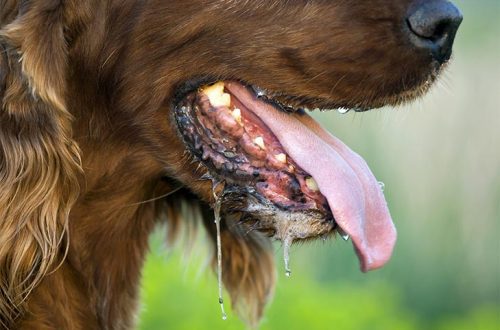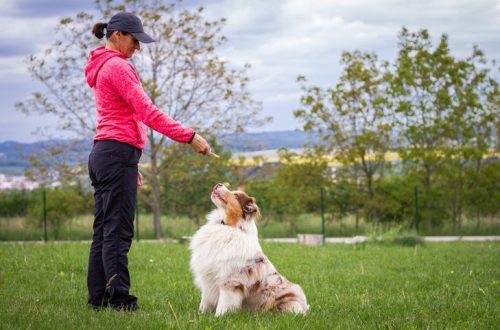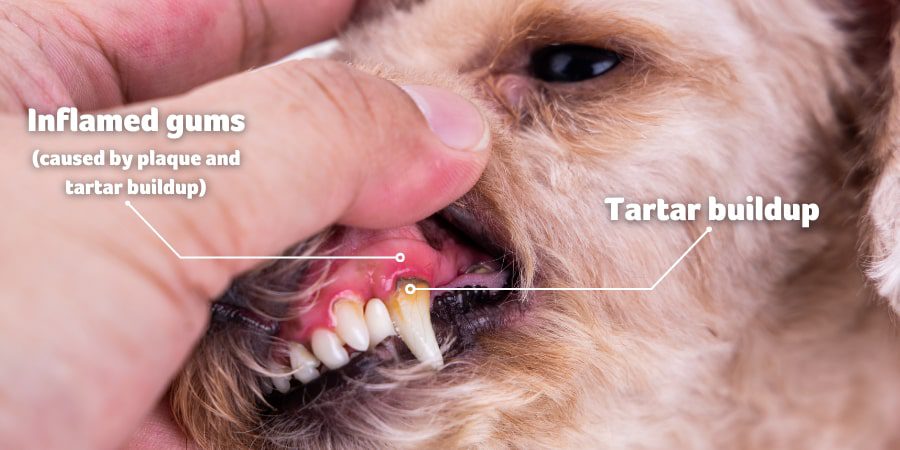
Dog tartar. What to do?

The scourge of dogs is tartar. If a young animal has white, “sugar” teeth, then in the second half of life the dog’s smile turns yellow, brown growths appear at the roots of the teeth, and bad breath is felt. In advanced cases, the gums become inflamed, gingivitis and periodontitis develop.
What it is?
Plaque on the enamel of the teeth, which is formed due to the “labor” of bacteria over food particles remaining in the cavity. At first it looks like a film on the teeth, then it grows layer by layer and petrifies. If it is not removed, the tooth is destroyed, the gums become inflamed. As a result, the animal may be left without teeth at all.
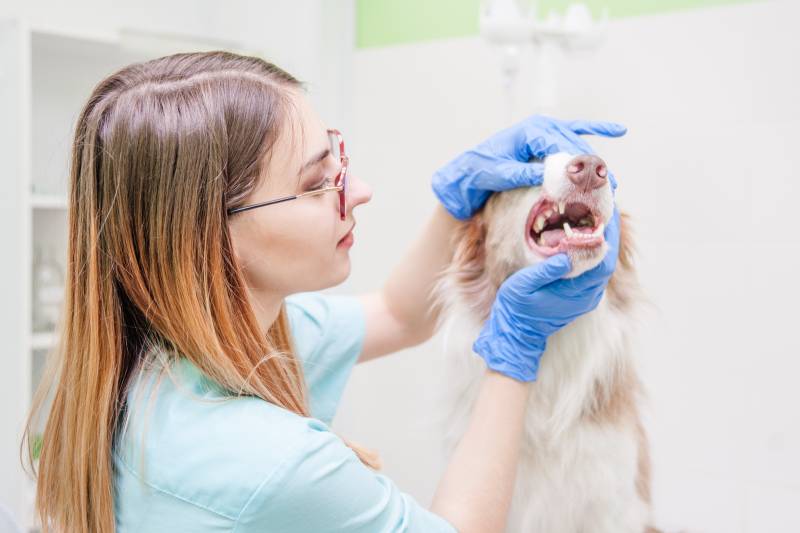
Causes:
Owners don’t do oral hygiene for dogs. As long as plaque is in a thin film, it is easy to remove. Then he hardens.
The salivary glands do not work properly. Only a doctor can detect this, and he will prescribe the treatment.
Metabolism, diabetes and other diseases are disturbed.
Incorrect bite, injuries (when the dog chews only on one side).
Improper nutrition (especially for those animals that eat natural food).

Ways to solve the problem:
Check your mouth at least once a month. You may have to work hard to accustom the animal to this procedure. Because the alternative is going to the clinic.
Large dogs need to brush their teeth at least once a week, small dogs every other day. Veterinary pharmacies sell a variety of toothpastes for pets, as well as specialty toothbrushes. If it is not possible to buy, you can use a cloth and ordinary tooth powder.
See a veterinarian as soon as possible and then follow his instructions.
Carefully monitor how the puppy’s dentition is formed. If necessary, contact the clinic for the removal of milk teeth that have not fallen out.
Make sure that the dog has enough solid food, buy her bones to clean her teeth.
How to get rid of tartar?
In the initial stage, it can be removed at home by regularly brushing your teeth. Then – only in the clinic. Unfortunately, an untrained dog may require anesthesia. The procedure is unpleasant.
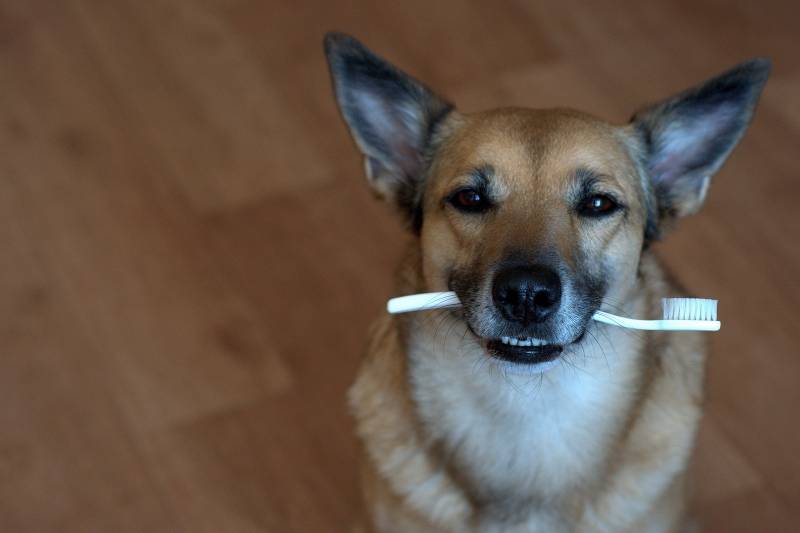
Removal methods:
Ultrasound. It is considered the least traumatic. The procedure is carried out in the clinic;
Mechanical. With a special tool, the doctor picks off pieces of plaque. The dog’s tooth enamel and the doctor’s fingers may be damaged;
Chemical. The stone is softened with gels and sprays. Actual only at the beginning of the disease.
The article is not a call to action!
For a more detailed study of the problem, we recommend contacting a specialist.
Ask the vet
January 17 2020
Updated: January 21, 2020




